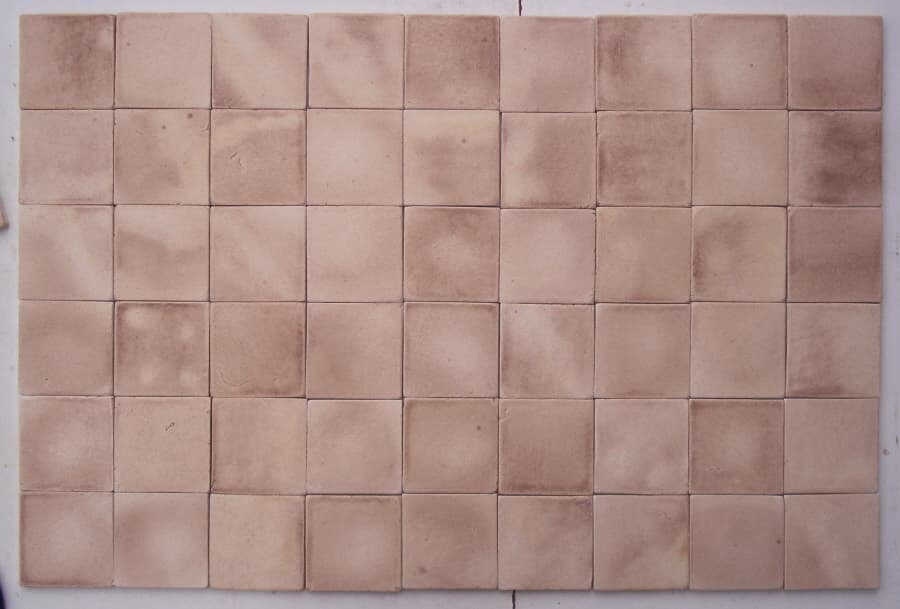
Relief Tiles Storytelling Through Texture and Form
Recent Posts

Andersen Ceramics: Meet The Maker
MAY 2, 2025
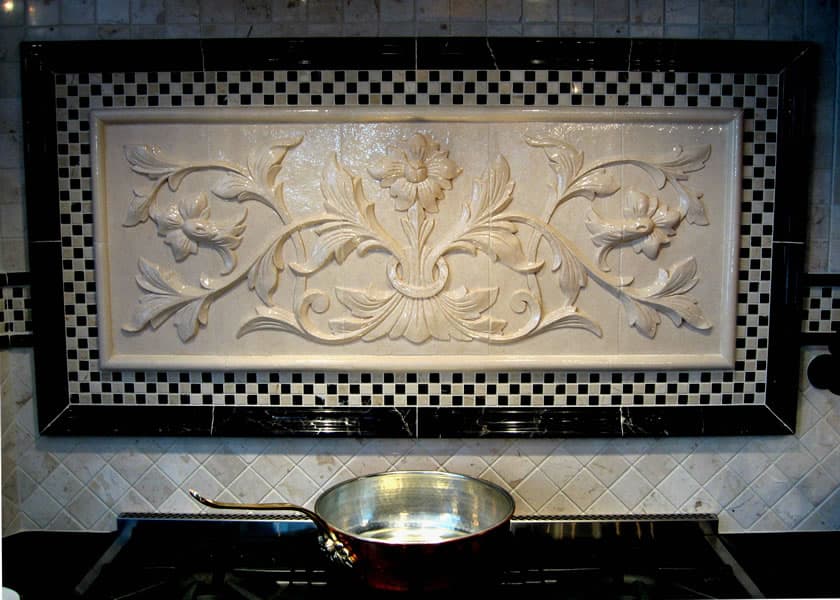
Textured Ceramic Tile Backsplashes: Adding Depth and Dimension
MARCH 22, 2025
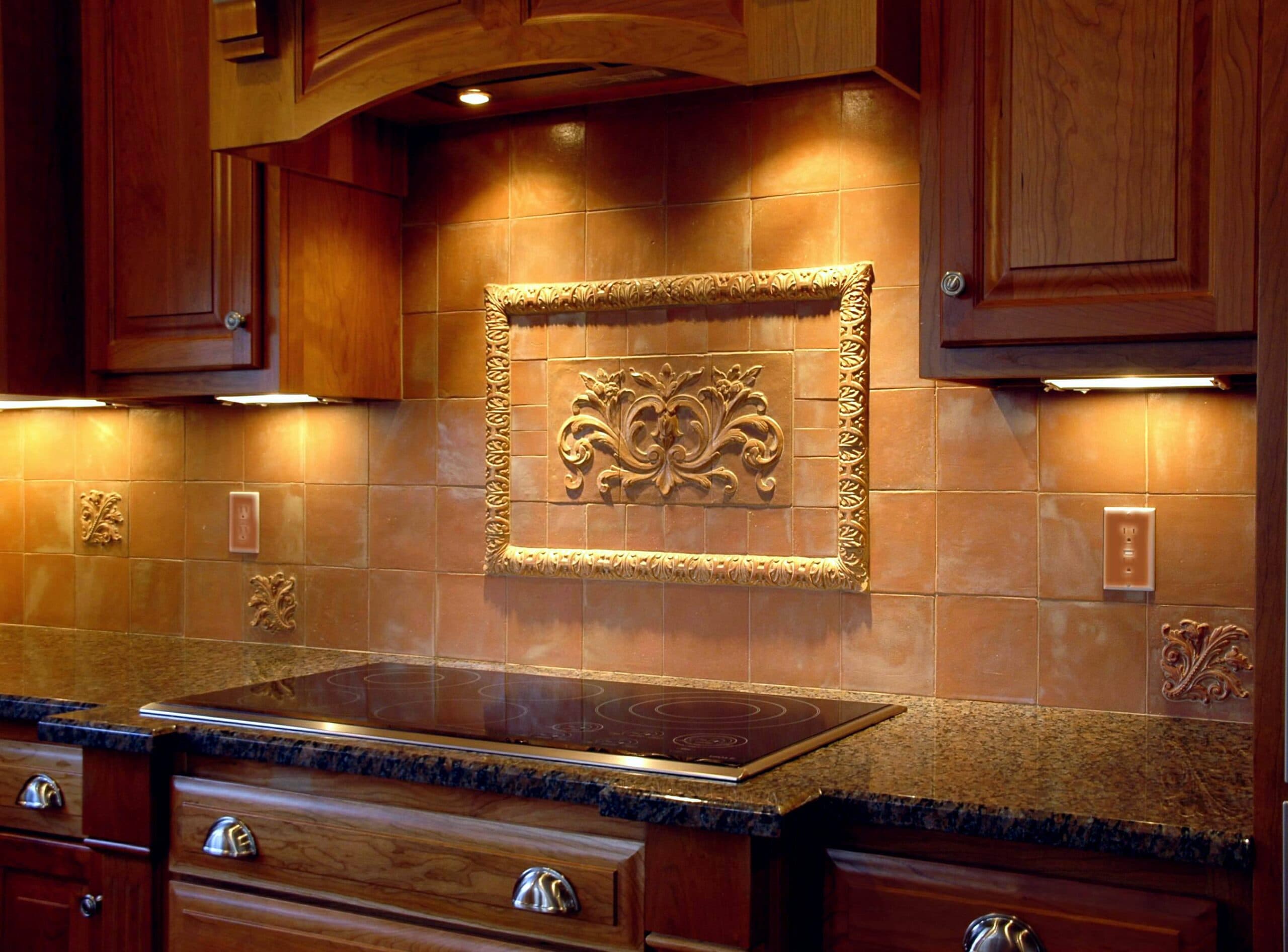
Backsplash Tile Designs That Increase Home Value
MARCH 19, 2025

High Fire Glazes in Contemporary Ceramics
FEBRUARY 21, 2025
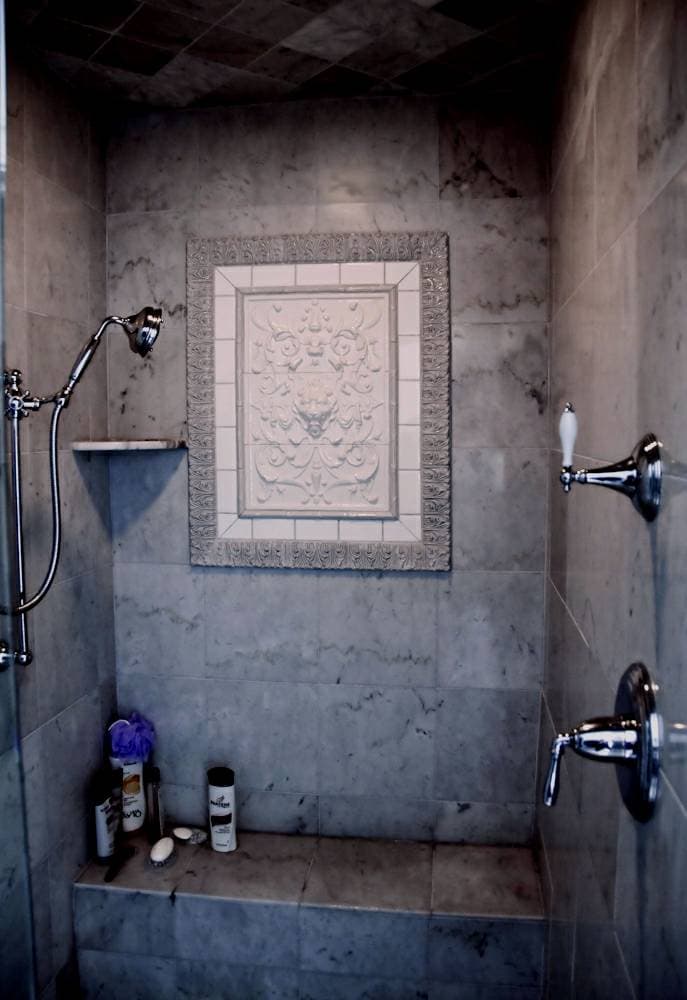
Incorporating Relief Tiles into Your Bathroom Design
FEBRUARY 21, 2025
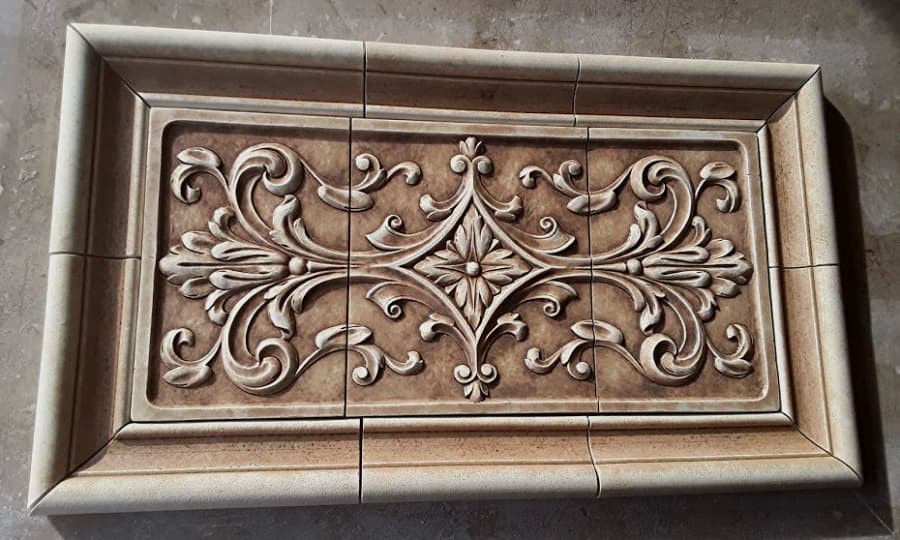
MAY 3, 2025
Relief Tiles Storytelling Through Texture and Form
We often think of stories as something told in words, but some of the most enduring stories in human history have been told through texture, shape, and surface. In the world of ceramics, relief tiles offer a timeless medium for storytelling, using raised designs and carved details to communicate history, culture, and emotion.
Relief tiles aren’t just decorative accents. They’re pieces of narrative art, each one shaped by intention, crafted by hand, and rich with meaning that can be both deeply personal and universally understood.
The Visual Language of Relief
Relief tiles use a technique where the design rises above the surface of the tile, creating dimension and shadows that bring the artwork to life. These raised surfaces become a kind of visual language, where even the smallest curve or impression can carry symbolic weight.
Unlike flat imagery, which relies on color and line, relief invites interaction through touch and light. The play of shadow across a carved vine, the contours of a mythical creature, or the geometric rhythm of a cultural motif—each detail offers a visual cue, a story waiting to be interpreted.
Emotion in Elevation
The tactile quality of relief tiles allows them to evoke emotions in subtle and powerful ways. A swirling floral pattern might inspire a sense of calm or nostalgia, while a bold geometric design can energize a space with movement and rhythm. The depth and shadow created by the raised forms make each tile feel alive, constantly shifting with the light and the viewer’s perspective.
In residential spaces, people often choose relief tiles that resonate with memory or meaning—perhaps a motif from childhood, a texture that recalls nature, or a symbol that reflects personal heritage. In commercial or public spaces, relief tiles can be used to convey brand identity, local culture, or historical themes, giving the environment a strong sense of place.
Cultural Symbols in Clay
Throughout history, relief carving has been a way to preserve culture, document events, and express collective values. From ancient Assyrian friezes to medieval cathedral tiles, civilizations have used relief as a storytelling tool, one that bridges time and language.
Today’s ceramic artists carry that legacy forward. Many relief tile makers draw inspiration from traditional designs; Celtic knots, Moroccan arabesques, East Asian flora, and more, reinterpreting these symbols through a modern lens. Others develop original designs that speak to contemporary themes like sustainability, migration, and identity.
Relief tiles can become visual artifacts that connect people to their roots or introduce viewers to new cultural perspectives, all through the quiet power of clay.
Every Tile Tells a Story
Whether installed as a focal point in a kitchen, a quiet accent in a bath, or part of a public mural, relief tiles invite us to look closer. They slow us down, asking us to read the texture, trace the lines, and feel the intent behind every curve and contour.
And behind every tile is a story, not just of what’s depicted on its surface, but of the hands that shaped it, the inspiration that guided it, and the vision that brought it to life.
In a world of mass production and fleeting trends, relief tiles stand apart. They endure. They speak. And most of all, they remind us that storytelling doesn’t always need words—sometimes, it just needs clay.





